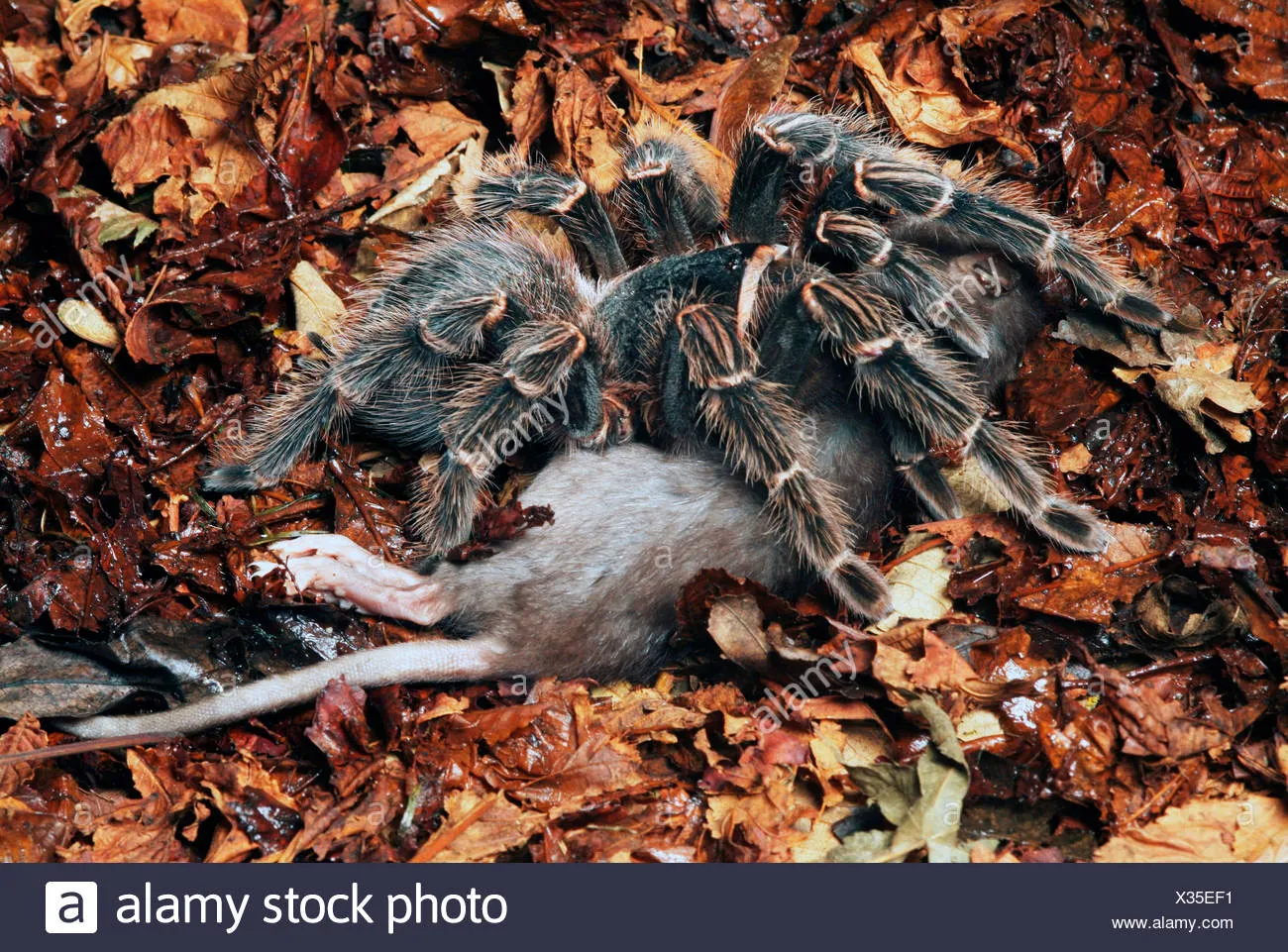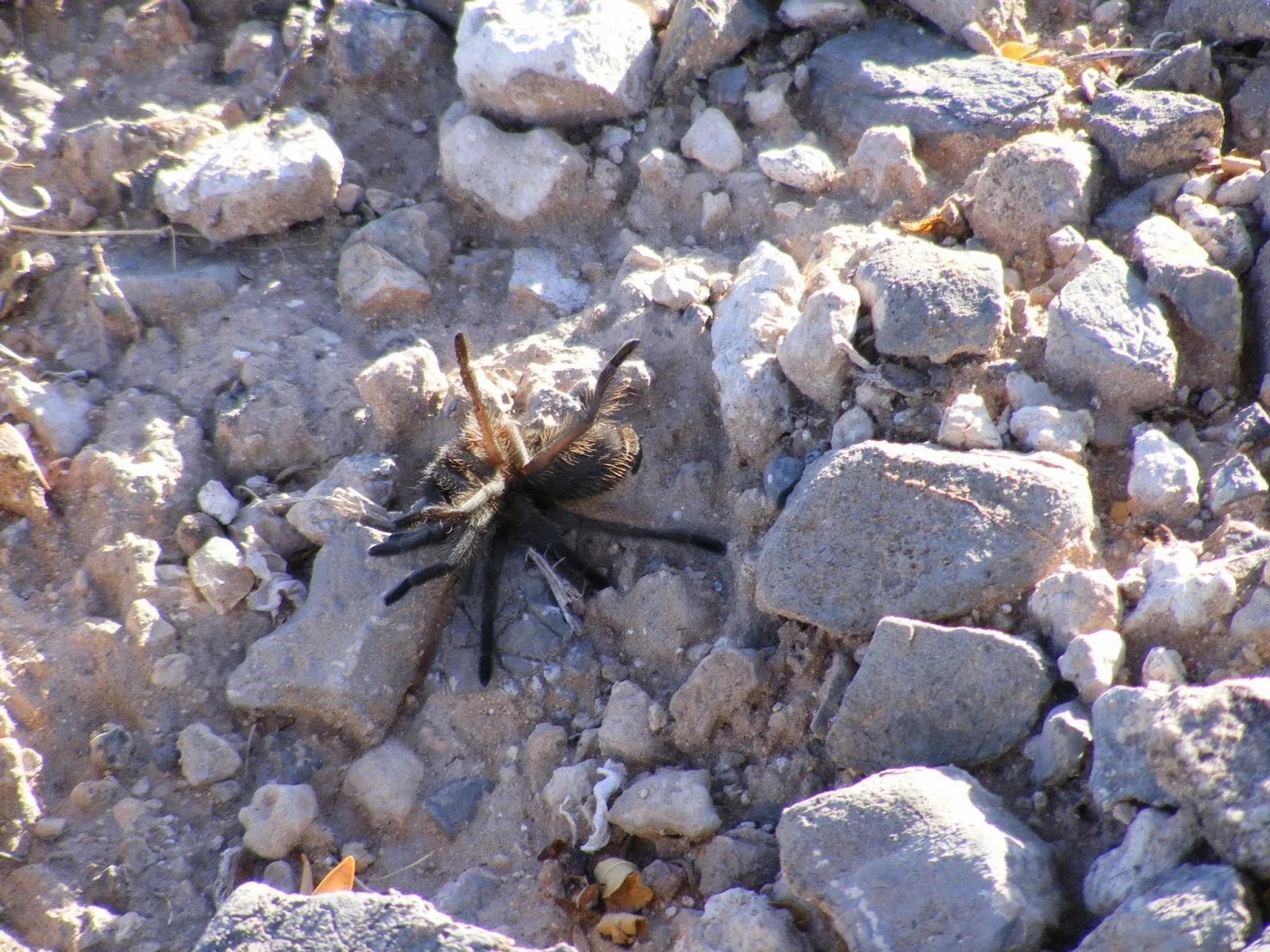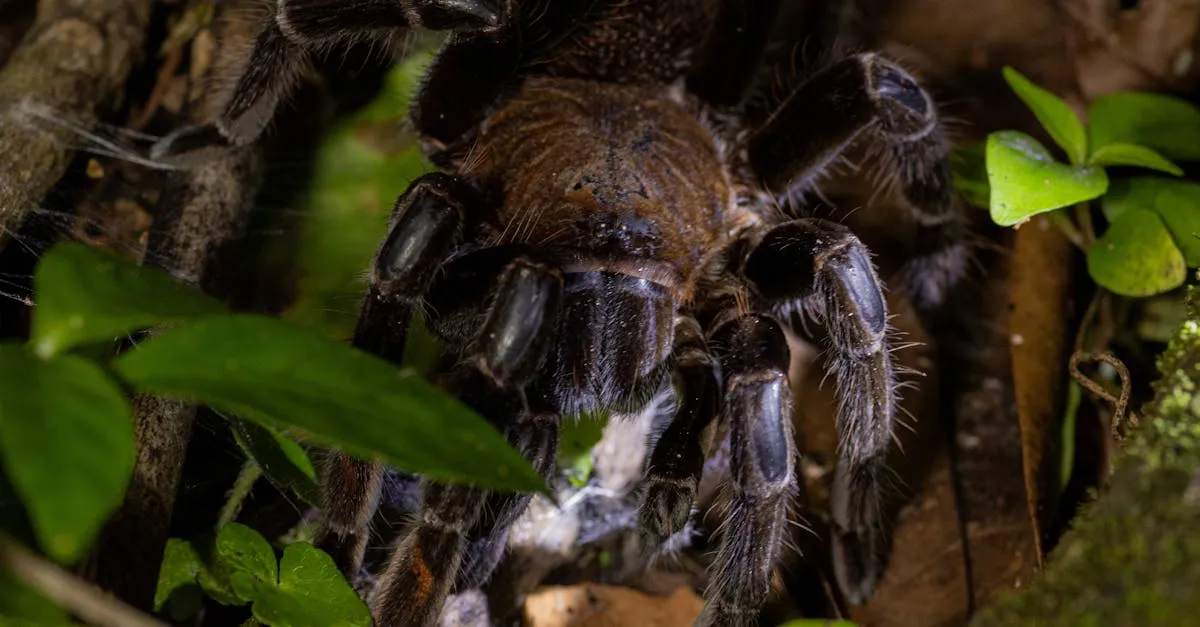What Tarantulas Eat The Basics
Tarantulas, with their imposing size and captivating presence, are fascinating creatures to observe. A key aspect of their care and understanding lies in their diet and hunting habits. As obligate carnivores, tarantulas primarily feed on live insects, though some larger species can occasionally consume small vertebrates. Their hunting prowess is a marvel of natural selection, making them efficient predators in their environments. This guide, ‘Tarantula Prey 101 How to Hunt Successfully’, will help you understand the specifics of tarantula diets, their hunting behaviors, and the best practices for providing appropriate prey to ensure their health and well-being. It is critical to remember that a proper diet is essential for a tarantula’s growth, molting process, and overall vitality. The right prey choices, feeding frequency, and hunting environment are all essential aspects to successfully keeping and caring for these amazing arachnids.
Common Prey Insects
The cornerstone of a tarantula’s diet comprises a variety of insects. Selecting the right type of insects is essential to provide the necessary nutrients, and to stimulate their hunting instincts. These insects should be readily available and easy to obtain. Always ensure that the prey insects are healthy, as unhealthy insects can transmit diseases or parasites to your tarantula. Furthermore, it is important to consider the size of the prey relative to the tarantula, making sure it is appropriately sized for consumption. The variety and quality of insects directly impact the health and longevity of your tarantula.
Crickets

Crickets are a widely accepted and easily obtainable food source for tarantulas. They are readily available at most pet stores and online retailers. Crickets provide a good source of protein and are typically a good choice for most tarantula species. Before feeding crickets to your tarantula, it is important to ‘gut-load’ them by feeding them nutritious food such as vegetables, fruits, and commercial cricket food. This ensures that the tarantula benefits from the nutrients in the crickets. The size of the crickets should be proportionate to the tarantula; juveniles should be given smaller crickets, while adults can handle larger ones. Make sure to remove any uneaten crickets from the enclosure within 24 hours to prevent them from stressing or potentially harming the tarantula.
Roaches
Roaches, particularly species like Dubia roaches, are also a nutritious and preferred food source for many tarantula keepers. They are known for being high in protein and easy to digest, making them a healthier option compared to crickets. They also tend to live longer than crickets, which reduces the need for frequent feeding. Like crickets, roaches should be gut-loaded to maximize their nutritional value. The slow movement of roaches sometimes appeals to tarantulas that prefer a less active hunt. However, be aware that roaches can be more difficult to breed and maintain compared to crickets, so availability can sometimes be a factor.
Mealworms
Mealworms, the larval stage of the darkling beetle, are another readily available food option. They are relatively easy to store and breed. Mealworms are a good choice for smaller tarantulas, or as an occasional treat for larger ones. However, mealworms have a tougher exoskeleton, which can sometimes make them harder for tarantulas to digest. It is often recommended to feed them only in moderation, or to pre-kill them before feeding to younger or smaller spiders. Ensure that the mealworms are fresh and healthy, and avoid feeding them to your tarantula if they have any signs of disease or are undergoing a molting process.
Understanding Tarantula Hunting Behavior

Tarantulas are not passive predators; their hunting strategies are quite sophisticated. Understanding their behavior and instincts is key to providing them with the right prey and creating an enriching environment. Tarantulas utilize a mix of sensory cues and strategic positioning to secure their meals. Observing and understanding their hunting habits will not only help you feed them more effectively, but will also allow you to appreciate the complex behaviors that characterize these fascinating creatures. Their hunting behavior can vary slightly depending on the species, but the underlying principles generally remain the same.
Ambush Predators
Most tarantulas are ambush predators, meaning they prefer to wait for their prey to come within striking distance rather than actively pursuing it. They typically sit motionless, often in a burrow or sheltered area, and wait for an unsuspecting insect to wander nearby. When a suitable prey item comes within range, the tarantula quickly pounces, using its fangs to inject venom that immobilizes and begins to break down the prey. This strategy is energy-efficient, as it minimizes the effort spent in hunting. Understanding this behavior helps in setting up an enclosure that caters to their hunting preferences.
Sensing Prey
Tarantulas have multiple ways of detecting prey. They use vibrations, which they sense through the hairs on their legs and body, to detect the movement of insects nearby. They also possess chemoreceptors that allow them to detect scents, helping them identify potential food sources. Some tarantulas have relatively poor eyesight, so they rely heavily on these other senses. The ability to sense vibrations is crucial for them to hunt. The tiny hairs that cover their body are incredibly sensitive and alert them to the movement of possible prey, which triggers a hunt response. Ensuring the right environment with appropriate substrate and hiding places aids in their ability to sense their next meal.
The Hunt Sequence

The hunting sequence typically begins with the tarantula sensing the presence of prey. Then, it positions itself for the strike. When the prey is close enough, the tarantula rapidly lunges, injecting venom through its fangs. The venom paralyzes the prey and begins the process of breaking down the internal tissues, making it easier for the tarantula to consume. The tarantula may then carry the prey back to its burrow or a safe location to feed. This entire sequence highlights the efficiency and precision of their hunting mechanisms.
Successful Hunting Techniques
Creating the right environment and implementing proper feeding practices are crucial to ensuring your tarantula thrives. There are several key elements that contribute to their successful hunting, and keeping them healthy. From enclosure setup to understanding feeding frequencies, providing the right conditions is essential for stimulating their natural hunting instincts. Always ensure that your tarantula is properly fed and cared for.
Creating the Right Environment
The tarantula’s enclosure plays a significant role in its hunting success. A well-designed enclosure should mimic the tarantula’s natural habitat and provide hiding places, substrate to burrow in (if applicable), and adequate ventilation. The size of the enclosure should be appropriate for the tarantula’s size. This allows them to feel secure and exhibit their natural behaviors. Ensure that the enclosure is escape-proof, as tarantulas are skilled climbers. The substrate should be appropriate for the species, offering either burrowing capabilities or a suitable surface for ambushing prey. Proper temperature and humidity levels are also crucial to support their hunting. The substrate should be non-toxic and provide a suitable surface for the tarantula to grip.
Proper Enclosure Setup

A proper enclosure setup for a tarantula is essential for its well-being and hunting success. The enclosure should be made of glass or clear plastic and be appropriately sized. A good rule of thumb is to provide a space that is at least twice the tarantula’s leg span. The substrate should be appropriate for the species, such as a mix of soil, peat moss, and vermiculite for terrestrial species, and deeper substrate is needed for burrowing species. Include a water dish for hydration. Provide several hiding places, such as cork bark, artificial plants, or other decorations. This creates a secure and enriching environment. Ensure good ventilation to prevent mold and maintain proper humidity levels.
Feeding Guidelines
Proper feeding practices are critical. The frequency of feeding depends on the tarantula’s age, species, and size. Juvenile tarantulas typically require more frequent feeding than adults. Feed juveniles once or twice a week, while adults may only need feeding every one to two weeks. Always offer a variety of prey items. Remove uneaten prey within 24 hours to prevent stress or harm to the tarantula. Ensure that the prey is appropriately sized for the tarantula, as too large prey can overwhelm them, and too small prey may not satisfy their nutritional needs. Regularly monitor your tarantula’s body condition; a healthy tarantula will have a slightly rounded abdomen.
Prey Size and Frequency
Matching the prey size to the tarantula’s size is vital. The prey should ideally be no larger than the tarantula’s body size. Juvenile tarantulas should be offered smaller prey items, such as pinhead crickets or small mealworms. Larger adult tarantulas can be given adult crickets, roaches, or occasionally, small vertebrate prey. The feeding frequency should be adjusted based on the tarantula’s growth stage. Juvenile tarantulas should be fed more often, while adults can go longer periods between meals. Always monitor the tarantula’s abdomen; a plump abdomen indicates a well-fed tarantula, while a shrunken abdomen may suggest underfeeding or health issues. Adjust feeding frequency based on these observations, and be consistent.
Avoiding Common Mistakes

Several common mistakes can impact a tarantula’s health and hunting success. Overfeeding is a common issue that can lead to obesity and health complications. Providing prey that is too large can be difficult for the tarantula to handle and digest, potentially leading to injury or stress. Maintaining incorrect environmental conditions, such as improper temperature or humidity levels, can also negatively affect the tarantula’s health and appetite. Lastly, always avoid handling your tarantula unnecessarily. These fascinating creatures can become stressed easily, especially before or after molting. Understanding and avoiding these mistakes is crucial for providing a healthy and thriving environment for your tarantula.
In conclusion, mastering the art of tarantula prey management involves understanding their dietary needs, hunting behaviors, and environmental preferences. By selecting the right prey, creating an optimal enclosure setup, and following appropriate feeding guidelines, you can ensure the health and happiness of your tarantula. Remember to always prioritize the well-being of your arachnid companion by providing a safe and stimulating environment where they can thrive.
